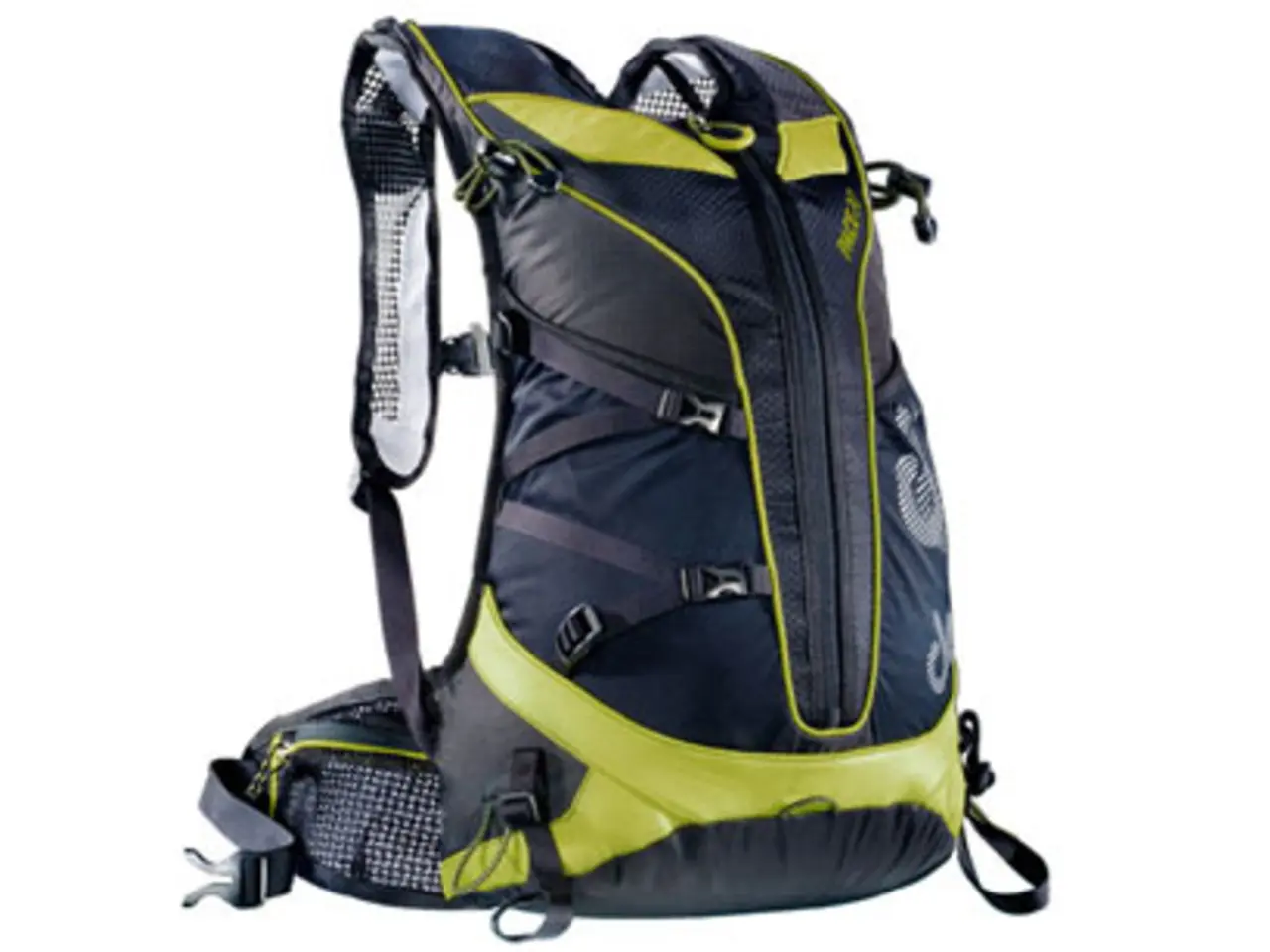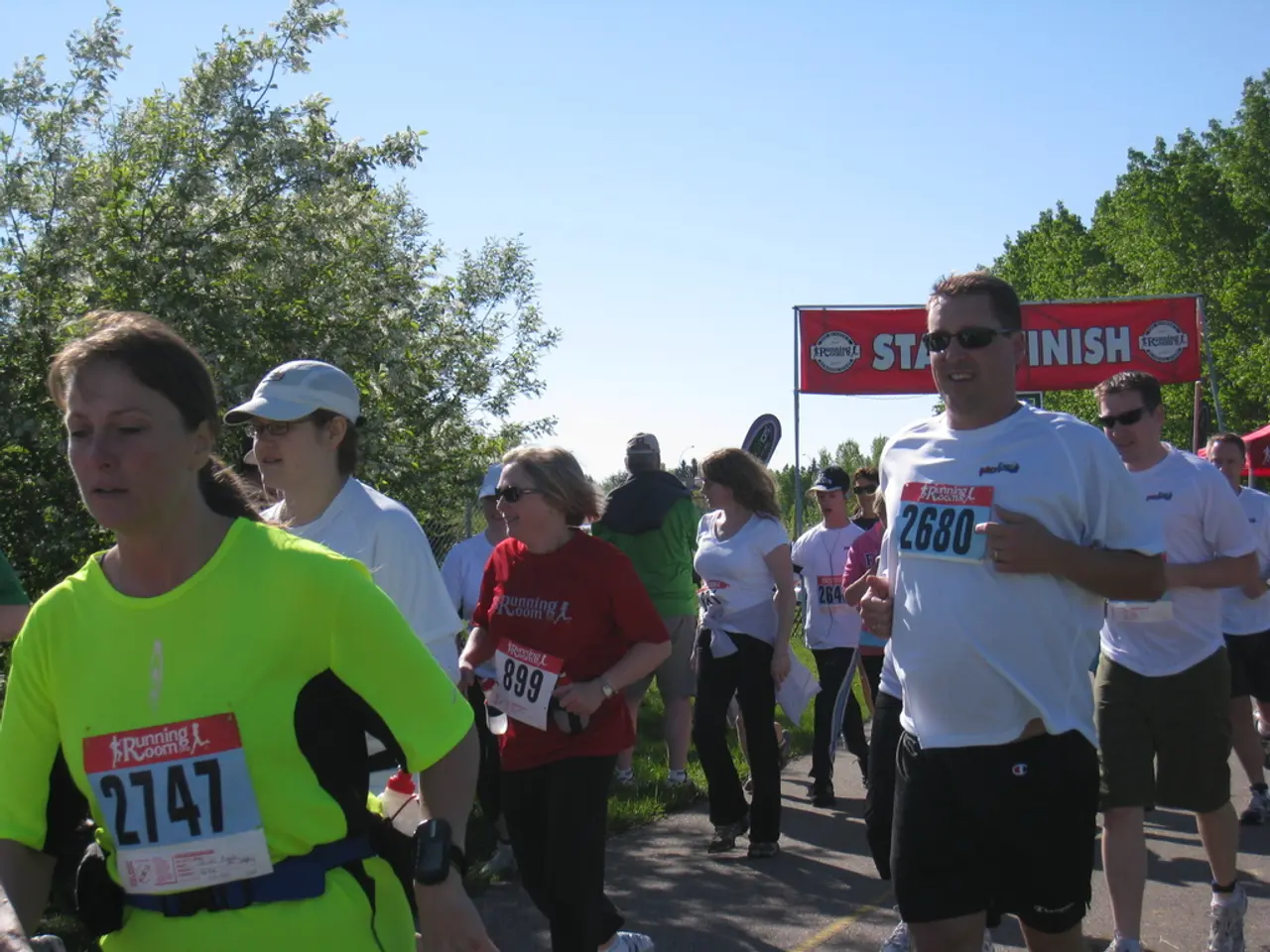Enhancing a Secure and Comfortable Workplace Ambiance!
In the modern workplace, ensuring the safety and well-being of employees is of paramount importance. To prevent common workplace injuries such as trips, slips, falls, repetitive stress injuries, and motor vehicle accidents, a multi-faceted approach is necessary.
Key Prevention Strategies
- Identify and Know Hazards: Regular workplace inspections are essential to spot and document potential hazards such as uneven floors, clutter, or unsafe equipment.
- Maintain Clean, Well-Lit, Slip-Resistant Walkways: Keeping walk areas free of clutter, ensuring adequate lighting, providing slip-resistant flooring or mats, handrails, and clearly marking step edges or elevation changes can significantly reduce the risk of accidents.
- Provide Appropriate Personal Protective Equipment (PPE): Proper footwear with good tread can help reduce slip risk, while other safety gear relevant to specific tasks should not be overlooked.
- Promote Safe Work Practices: Training employees on safe lifting techniques, proper body mechanics, and caution when moving around can prevent trips and falls.
- Implement Ergonomic Solutions: Using ergonomically designed furniture, tools, and adjustable workstations can help minimize repetitive stress injuries and maintain neutral postures.
- Rotate Tasks and Encourage Movement: Varying job duties and encouraging regular breaks to move around can reduce repetitive strain and fatigue.
- Provide Ongoing Safety Training and Communication: Regular safety briefings, education about hazard recognition, and open communication channels, including anonymous hazard reporting, foster a culture of safety.
- Reduce Workplace Stress and Fatigue: Addressing mental health, stress, and fatigue can improve alertness and reduce accident risk.
- Use Technology and Safety Equipment: Where applicable, install safety technologies such as sensors or emergency shutoffs and invest in safety-enhancing equipment like anti-fatigue mats or exoskeletons for physical support.
For motor vehicle safety, typical strategies include driver training, enforcing seat belt use, regular vehicle maintenance, and safe driving policies.
- Foster a Safety Culture: Establish clear safety policies, encourage employee involvement through safety committees, reward safe behaviors, and allow workers to stop work if unsafe conditions are observed.
These measures, when implemented together, form a comprehensive approach to reducing injuries from trips, slips, falls, repetitive stress, and motor vehicle accidents in the workplace.
Additional measures include fixing uneven surfaces quickly, ensuring adequate lighting, such as Ufo led high bay light, making obstructions in areas where vehicles are in operation clearly visible, clearing snow and ice from outdoor walkways, and cleaning up spills immediately.
By prioritizing safety and implementing these strategies, businesses can not only reduce the risk of injuries but also minimise lost revenue and productivity due to workplace injuries.
Science plays a crucial role in the development of health-and-wellness initiatives within the workplace-wellness field. For instance, research in ergonomics contributes to the design of ergonomic solutions that prevent repetitive stress injuries. Additionally, studies on workplace safety can provide insights into the most effective methods for reducing the risk of accidents, such as trips, slips, falls, and motor vehicle accidents.




